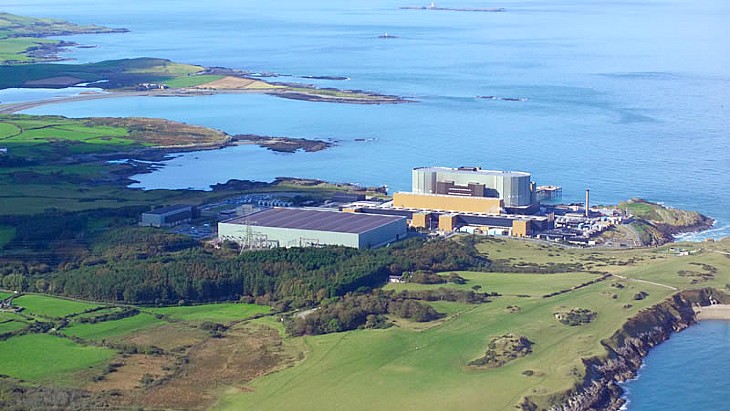New research centres for University of Manchester
The University of Manchester has officially launched its new Research Centre for Radwaste and Decommissioning (RCRD) to undertake research and training in all aspects of decommissioning of nuclear facilities and the geological disposal of radioactive wastes. The new research centre is sited in the Williamson Research Centre for Molecular Environmental Science. The university said that since the RCRD began operations in 2010, more than £5 million ($8 million) of research funding has already been awarded for major projects. The University of Manchester's Dalton Nuclear Institute, meanwhile, has taken ownership of the Dalton Cumbrian Facility (DCF) - a new nuclear research centre in West Cumbria. The result of an initial £20 million ($32 million) joint investment by the university and the Nuclear Decommissioning Authority, research at the DCF will primarily focus on the areas of radiation science, radiochemistry, nuclear engineering, decommissioning and radioactive waste management. The facility will become fully operational during 2012 following delivery and commissioning of a particle accelerator.
The University of Manchester has officially launched its new Research Centre for Radwaste and Decommissioning (RCRD) to undertake research and training in all aspects of decommissioning of nuclear facilities and the geological disposal of radioactive wastes. The new research centre is sited in the Williamson Research Centre for Molecular Environmental Science. The university said that since the RCRD began operations in 2010, more than £5 million ($8 million) of research funding has already been awarded for major projects. The University of Manchester's Dalton Nuclear Institute, meanwhile, has taken ownership of the Dalton Cumbrian Facility (DCF) - a new nuclear research centre in West Cumbria. The result of an initial £20 million ($32 million) joint investment by the university and the Nuclear Decommissioning Authority, research at the DCF will primarily focus on the areas of radiation science, radiochemistry, nuclear engineering, decommissioning and radioactive waste management. The facility will become fully operational during 2012 following delivery and commissioning of a particle accelerator.




_50545.jpg)
_40405.jpg)

_45542.jpg)
_76087_55556.jpg)




